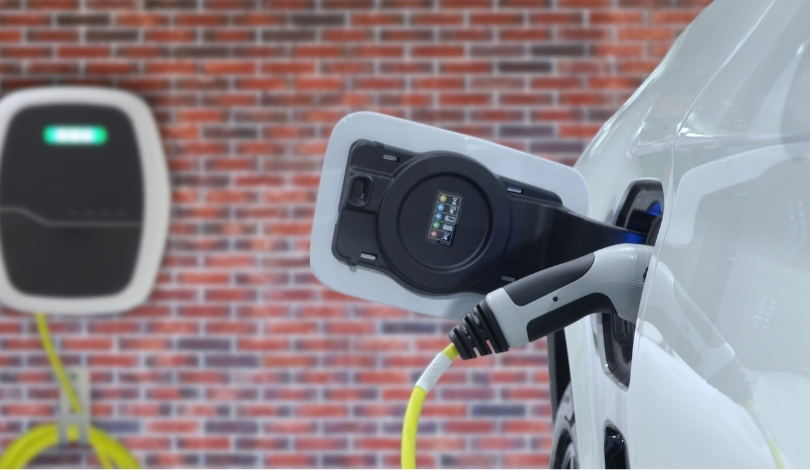General Motors (GM) has decided to temporarily halt the production of its BrightDrop electric delivery vans at the CAMI Assembly plant in Ingersoll, Ontario. This decision affects approximately 1,200 workers and is expected to last until October 2025. The move comes as GM adjusts its production to align with lower-than-anticipated demand for the electric vans. Industry analysts highlight that this pause reflects broader challenges within the commercial electric vehicle market.
Initially, GM launched the BrightDrop vans with high expectations for the commercial vehicle segment. However, recent sales figures, showing only 1,956 units sold across Canada and the U.S., indicate a slower market uptake than previously forecasted. This trend echoes the struggles faced by other electric commercial vehicle manufacturers struggling to meet initial demand projections.
Why Did GM Pause BrightDrop Production?
GM paused production due to the need to adjust BrightDrop’s inventory in response to softer demand. The company aims to align production levels with current market needs, avoiding overproduction.
What Are the Implications for Workers at CAMI?
The temporary halt results in 1,200 layoffs, with an additional 500 jobs being cut permanently when the plant resumes on a single shift in 2025. These changes reflect GM’s efforts to streamline operations amid reduced demand.
How Does This Impact GM’s Future EV Strategy?
“We remain committed to the BrightDrop brand and the CAMI plant,”
GM stated. The company plans to retool the CAMI plant for the 2026 BrightDrop van, showing a commitment to its electric vehicle aspirations. This strategic pivot aims to optimize future output in line with evolving market needs.
The suspension of BrightDrop van production illustrates GM’s responsive strategy to an evolving electric vehicle market. By scaling back operations and planning for a streamlined product in 2026, GM positions itself to better meet future demand. This approach, while challenging in the short term, could enhance the company’s competitiveness in the commercial EV segment once market conditions stabilize.










